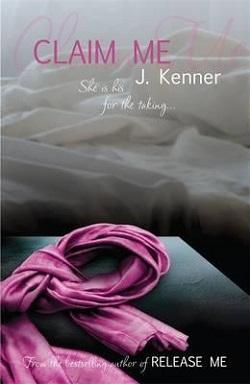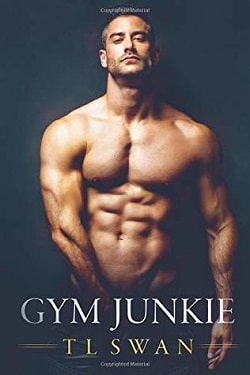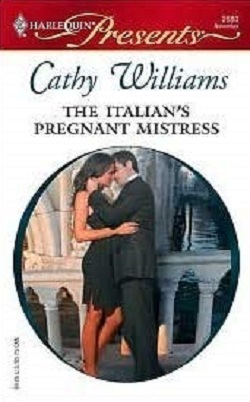I switched off the recorder, checked my watch, and called Peralta. After I gave him a quick update, he told me to get moving, follow the caller’s instructions.
“Where are you?”
“Camelback Mountain.”
“It’d be nice to have some backup.”
“Get moving, Mapstone. I’ll get there when I can.”
Wondering what he was up to, I pulled the heavy Python and its holster out of my belt and set them on the desk. The freshly cleaned Airlite .357 magnum slid into my pants pocket and was barely noticeable. I added a small Ka-Bar “last option” knife, with a serrated blade, inside my waistband. As the name implies, it is for use if you get in a fight for your weapon and are afraid you’ll lose. I further armed myself with a bottle of frozen water.
Halfway to the car, I stopped, turned around, and went back in the house. In the office, I rooted around in Lindsey’s tech drawer and found a blank flash drive. If I had to trade, at least this might buy me some time to assess the situation. If the mystery caller actually made contact with me, I could show it. Then he would have to show the baby. Then things would get interesting.
Less than three minutes later, I pulled into the bland assortment of low-slung buildings that was Park Central.
When I was a child, it had been the first shopping mall in Phoenix, a sweet, modest, open-air affair on the site of an old dairy. For the past two decades, since the Midtown skyscraper boom collapsed with the 1990 real-estate crash and retail fled toward Scottsdale, it had been mostly offices. Most were medical-related, tied to gigantic St. Joseph’s Hospital and Medical Center to the west.
Local wags were calling St. Joe’s “Mr. Joe’s” now, after the bishop had withdrawn its Catholic affiliation because an abortion was performed to save a woman’s life. It was a mere kerfuffle in the many local rows of the moment. Even without reading the newspaper, I knew Peralta’s successor was doing “sweeps” to pick up illegal immigrants and holding news conferences to trumpet this as a huge triumph of justice. The Legislature was an insane asylum. Nobody in power was talking about anything real or important.
Like almost everything in Phoenix, Park Central was surrounded by a large surface parking lot. In Phoenix, the word “park” often doesn’t mean a recreational space but an asphalt place to leave your vehicle. Those were among the reasons why the weather kept changing for the worse. Today the lot was nearly empty, except for cars near the popular Starbucks on the southeast corner of the former mall. All of Midtown Phoenix was virtually deserted on Sunday. I eased the Prelude in that direction, hoping to find some shade from the skyscrapers lining Central Avenue.
The best I could do was to catch a little relief from the sun in the shadow of the Bank of America building. Nothing looked unusual: nobody following me, nobody sitting in a car waiting. A light-rail train slid by, its electronic bell penetrating the sealed passenger compartment of the Prelude. Across the street were
two mid-century towers, one tall, one short. The tall one once had an outside glassed-in elevator, which, I am told, was a popular spot for a quickie before it reached its only stop at the top floor. The short tower had been the site of the Phoenix Playboy Club. Back in the day, Midtown Phoenix could swing.
Ten minutes later, the phone rang. It made an annoying xylophone sound. I listened on my headset.
“You’ve done well so far. Go through the Jack in the Box and get something to eat from the drive through. There are only two cars in line.”
The incoming call readout said, UNKNOWN.
I sped a hundred yards over to the Earll Drive exit, drummed my hands on the steering wheel for the light to change, and turned north on Central. It was so nice that he was concerned about my eating. Sure enough, only two cars were ahead of me. I checked the mirrors, craned my neck around. Nothing.
My destination put me more on edge. The drive-thru was hemmed in on one side by the restaurant and on the north and east by the fancy One Lexington condo tower and its swimming pool. I had heard stories about those pool parties. Maybe the caller had a different party in mind for me. If he wanted to trap me from behind, then walk up and spray the Prelude with machine-gun fire, this would be the ideal place.
“Welcome to Jack in the Box, would you like to try two Jack Tacos for a dollar?”
The disembodied voice startled me. I said two Jack Tacos were fine and waited for the line to move, my hand on the Airlite. Did I want to add an order of curly fries? Hell no. So far, no car pulled behind me. An ancient Toyota Camry was belching fumes ahead, two young children yelling and beating on their mother’s shoulder with shopping bags.
He might have been sitting under one of the umbrellas outside the Starbucks across the street, but no—he couldn’t have seen the Jack in the Box line with such precision. The caller was mobile. He implied that he had something I wanted. That could only be the baby. And what I had was the flash drive. How did he know I had it? Torturing Tim Lewis would easily have given up that answer.
I got my order and pulled to the edge of Central. The phone rang again.
“What?”
“Drive north to Indian School. Go the speed limit. I’m watching.”
“I want to hear…” I wanted to hear the baby’s voice before continuing, but he didn’t give me a chance to finish. Now would be a really good time for Peralta to show up. But he didn’t call, and I didn’t dare tie up the phone calling him again.
So I did as told. I let a few cars pass. Nobody goes the speed limit in Phoenix. Aside from people waiting at the light-rail stations in the middle of the avenue, I could count the pedestrians on one hand. One was a man in a red cap running south with six dogs on leashes in front of him.
Once upon a time, the city’s leaders had intended Central Avenue to be Phoenix’s version of Wilshire Boulevard in Los Angeles. It didn’t work out. The old corporate headquarters, banks, and shops that made Central the most important business location in town were bought or closed or lost in the savings-and-loan crash. Much of what remained moved out to Scottsdale or other suburbs as Phoenix became a back-office town, heavily dependent on population growth and real-estate hustles, and then the Great Recession had cleaned our clock.
As a result, this part of Central held an assortment of bland skyscrapers with massive parking garages behind them. A few quirks of the older city remained, such as the curved “punch card” building that was once the headquarters of Western Savings. When the thrift went bust in the savings-and-loan scandal, the tower went mostly empty. A pair of domed, two-story circular buildings complemented it. They had been retail bank branches and their mid-century appeal endured. I recalled that inside, each building had a sunburst skylight. In a healthy city, one such as San Diego, they might have been remade into a jazz club or a restaurant. Instead, both sat empty, the blinds hanging as if the savings and loan had closed the day before.
Other Central landmarks passed by as I drove north: an inverted pyramid and Macayo’s restaurant, whose façade was meant to resemble an Aztec temple. And much empty land.
Somebody had bought it long ago, gotten the City Council to zone it for high-rise, and cleared the old single-story buildings or bungalows. But development never happened. Speculation and flipping did. Because it was zoned for high-rises, no developer could afford to do less than build towers—for which there was no demand. So the land stayed bare, aside from an occasional plan that went nowhere.















